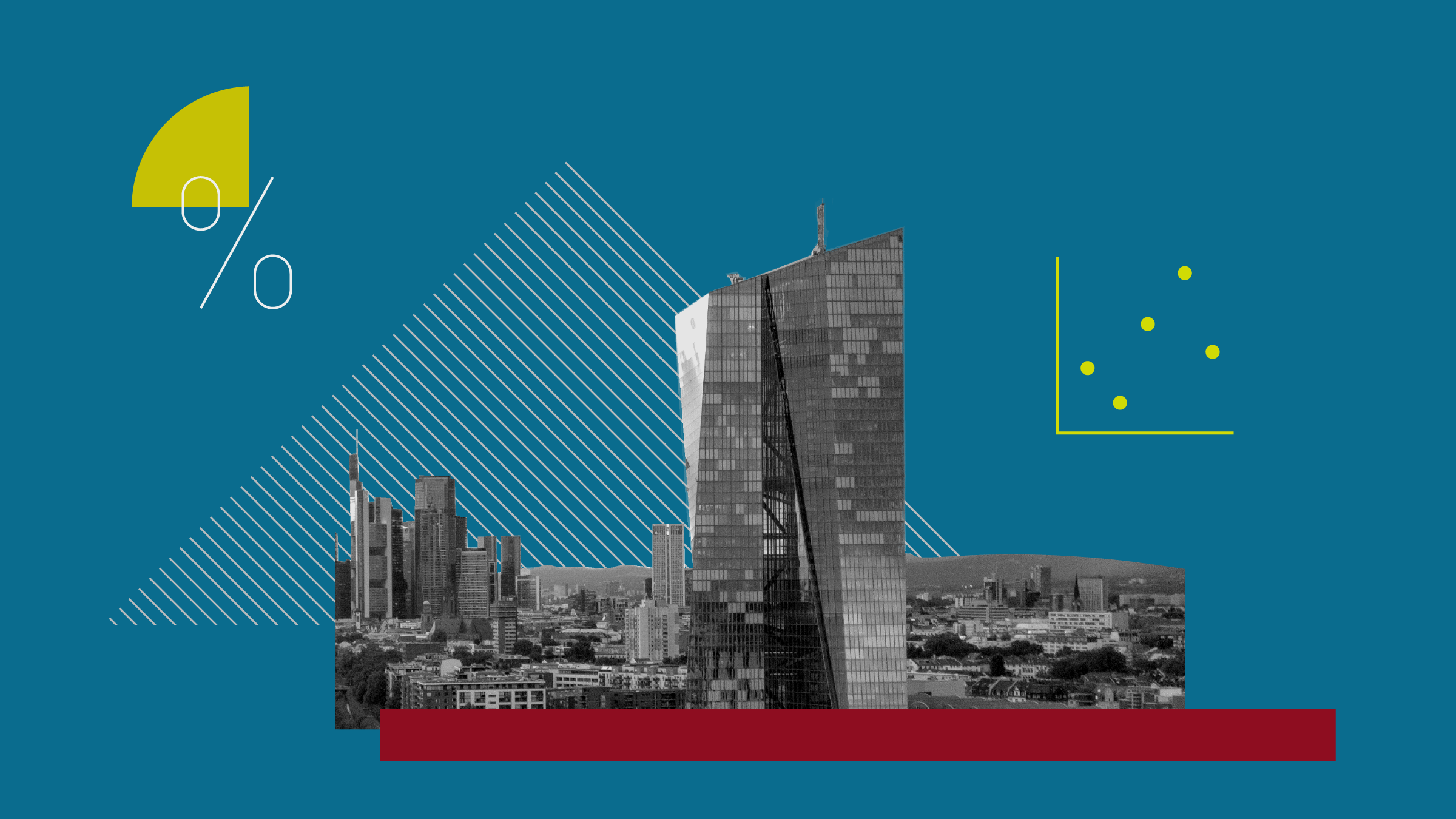PIMCO’s Total Return Fund had an estimated outflow of $32.3 billion in October, which is almost double the $17.9 outflow in September. After the departure of Bill Gross on September 26, investors withdrew a record amount of assets. PIMCO’s press release, however, points out that nearly half of the outflow occurred in the first seven trading days after Gross’ departure, when investor concerns were at their peak. Recently, outflows have slowed, but they are still at elevated levels compared with before Gross’ departure.
The European-sold version of the fund, PIMCO GIS Total Return, also saw significant outflows, though the magnitude of redemptions was naturally less pronounced given the smaller size of the fund. The graph below illustrates monthly estimated outflow data for PIMCO Total Return and PIMCO GIS Total Return over the past three years.

According to PIMCO, outflows were heaviest in the five days following Gross’ departure and then began to taper off. Given a number of conversations we had over the past year with Gross, and with the fund’s new managers over the past six weeks, we were confident the fund had ample liquidity to manage significant outflows without radically altering the sector concentration or other portfolio characteristics of the fund. That has turned out to be the case during October, as the fund’s performance was positive related to its category.
While PIMCO has reported that roughly 70% of October’s open-end fund outflows came from funds that had been managed by Gross, it isn’t just PIMCO Total Return that has been losing assets.
The table below summarises flows across the European-domiciled funds covered by our Morningstar Analyst Rating.

Notably, PIMCO GIS Global Investment Grade Credit and Global Real Return also experienced significant outflows, although a large portion of redemptions had occurred over the past 12 months, before the announcement of Bill Gross’ departure.
Overall, at this point, we do not think recent outflows from the Total Return strategy and from other strategies have been debilitating and we believe the fund’s new managers have ample flexibility to navigate an extended period of orderly outflows. We will continue to monitor flows for PIMCO Total Return and the firm’s entire lineup more broadly and will reassess our views in light of material changes in either the amount or velocity of outflows.
What Next for PIMCO?
PIMCO has taken powerful steps to retain investment management personnel. The day after Gross’ departure, the leadership team reported that they started working on a new compensation structure. The company subsequently announced a $279 million bonus plan, under which executives and certain senior portfolio managers will receive three deferred cash payments in addition to regular bonuses. These are spread over the next two and a half years, presumably the highest risk period for defections, and culminate in mid-2017.
Finally, based on our analysis of PIMCO’s revenues, cost structure, current financial position, solid relationship with Allianz, and strong relationship with a diverse set of clients, we believe the company is positioned to withstand continued outflows of up to $300 billion-$350 billion over the next two to three years, or about 10% outflows annually. Under this admittedly tough situation, we think PIMCO can still maintain its profitability at an acceptable level for parent Allianz without having to make changes to its investment processes or cost structure that would cause its investment performance to suffer. However, this working assumption could change based on the timing and magnitude of any continued outflows, so our estimate should be taken with a grain of salt.
The firm is clearly not out of the woods yet, and investors should continue to keep it on watch as it proves its ability to navigate. Even so, at this point, we don’t think investors need to fear a worst-case scenario at PIMCO.





























